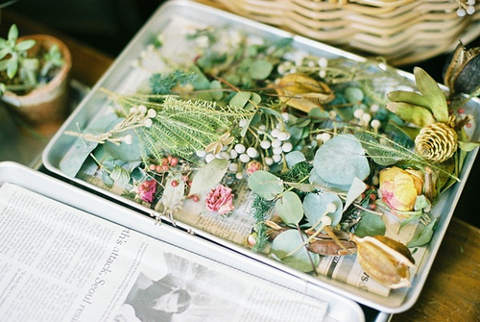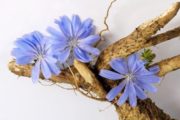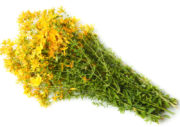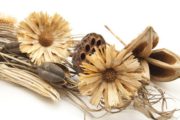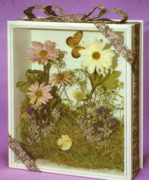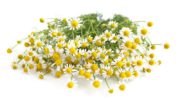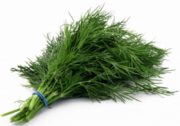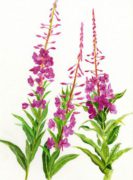Herbarium of leaves - how to properly dry leaves for a herbarium
Autumn always gives us a lot of natural material for implementing a wide variety of creative ideas. Leaves of various types and colors can become the basis for creating a herbarium, a panel with dried flowers or various paintings. To preserve the gifts of nature in their original form, you need to be able to properly dry leaves. If you follow all the subtleties of this process, they will not lose their bright colors and shape.
Content
How to collect leaves for drying
You can collect both fallen leaves and those that have not yet finished growing. A sharp knife or scissors will be useful for this. Collection is carried out on a dry sunny day, after the dew has disappeared.
Collected wet leaves may become covered with brown spots after drying. This rule does not apply to the collection of mosses and lichens. They should just be collected after rain.
When collecting fallen leaves, be sure to pay attention to the following points:
- the leaves must be fresh, recently fallen from the tree;
- the leaf should be flat, not curled from old age;
- the plant must be clean in appearance, without damage or signs of rot;
- Leaf petioles should be fresh and not curled.
After collection, you must immediately begin drying.
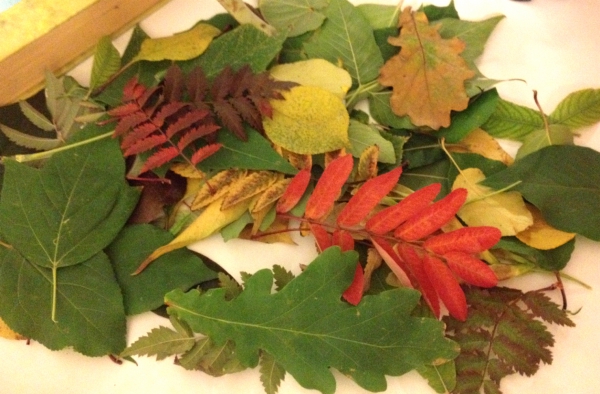
Methods for drying leaves for herbarium
Natural way of drying
If the collected foliage will be used to make garlands and other crafts that imply a three-dimensional appearance of the plant, then it can be dried on a sheet of paper. To do this, the leaves are laid out in one layer on parchment and left in a dry, dark place. After a few days, the leaves will begin to dry out and curl, taking on graceful shapes. With this drying method, the color of the foliage will change. It will become dull and faded, but this situation can be easily corrected with a can of glitter paint.

In the book
Drying plants in a book is the easiest and most familiar method. To do this, the leaves are placed between the pages of the book, without overlapping. The book is closed and a weight is placed on top of it. To protect the surface of the pages from moisture released by the leaves, additional sheets of perforated paper or paper napkins are placed between them.
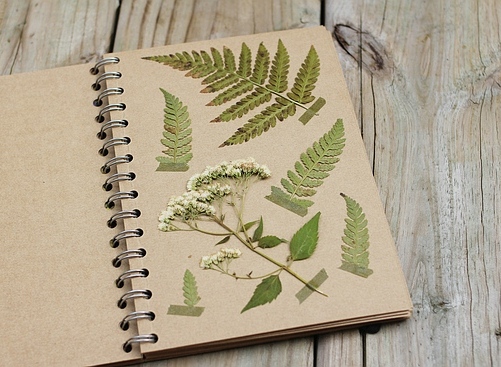
Under pressure
This method is considered professional, as it involves the use of a special device - a press for drying plants. The use of such equipment allows you to preserve the structure of the plant, its shape and texture as much as possible.
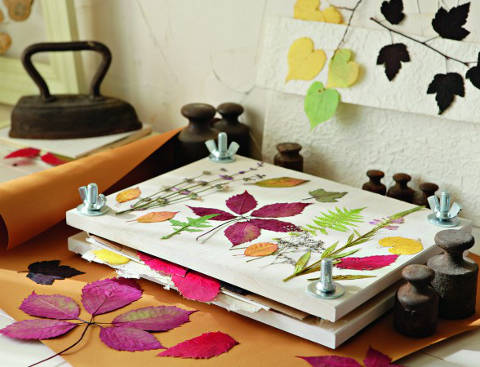
A plant press is quite expensive, so you can look for alternative options for drying leaves at home. For example, a press made from books and sheets of paper will do. The plants are laid out in one layer on a sheet of parchment and covered with another sheet on top. For these purposes, you can use regular old newspapers. Now you need to put a load on the workpiece, for example, books.
The plants will dry under this pressure for 2–3 weeks.
Using an iron
This is, one might say, an express method. It allows you to dry the leaves in record time, while preserving their natural color.
The collected leaves are laid out on paper, trying to arrange them so that they do not touch each other. Cover the top with another layer of paper and begin ironing the plants at medium iron power. The drying procedure lasts only a few minutes. It is very important to turn off the steam function before ironing!
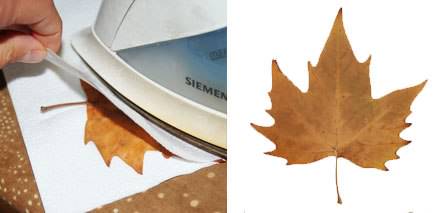
The disadvantage of this method is that leaves dried with an iron become thin and brittle, which does not allow them to be stored for a long time.
Galina Pchelka in her video will talk about how to dry leaves instantly
To preserve the herbarium as long as possible, the foliage can be “sealed” in wax. For this method, in addition to the iron, you will also need wax paper. To avoid staining the ironing board with wax, first place a sheet of plain paper. Then a waxed sheet is laid out on it, and the plants that need to be dried are placed on it. On top, the sequence of layers is maintained: wax paper is laid on the foliage, and ordinary paper is laid on it. Instead of sheets of paper, you can use soft fabric, which also conducts heat well.
You need to iron this “sandwich” at maximum power for 3 – 5 minutes. In order for the wax to stick to the plant evenly, the structure must be turned over and ironed on both sides. After the wax paper has tightly stuck together, you can turn off the iron. Cooled sheets of paper are carefully cut out along the contour of the plant, leaving a few millimeters from the edge. The paper is then removed and the dried sheet is laminated in a thin layer of wax.
Marina Khvaleva in her video will talk about how to properly prepare dried flowers and dry the herbarium in different ways
How to store dried leaves
The room for storing leaves for the herbarium should be dark and dry.The storage temperature does not matter. The air in apartments in winter is often too dry, which can have a bad effect on the collected material, so a glazed balcony or loggia can be an excellent place for storage.
The best storage containers are spacious cardboard boxes that prevent the workpieces from breaking and protect them from sunlight.
